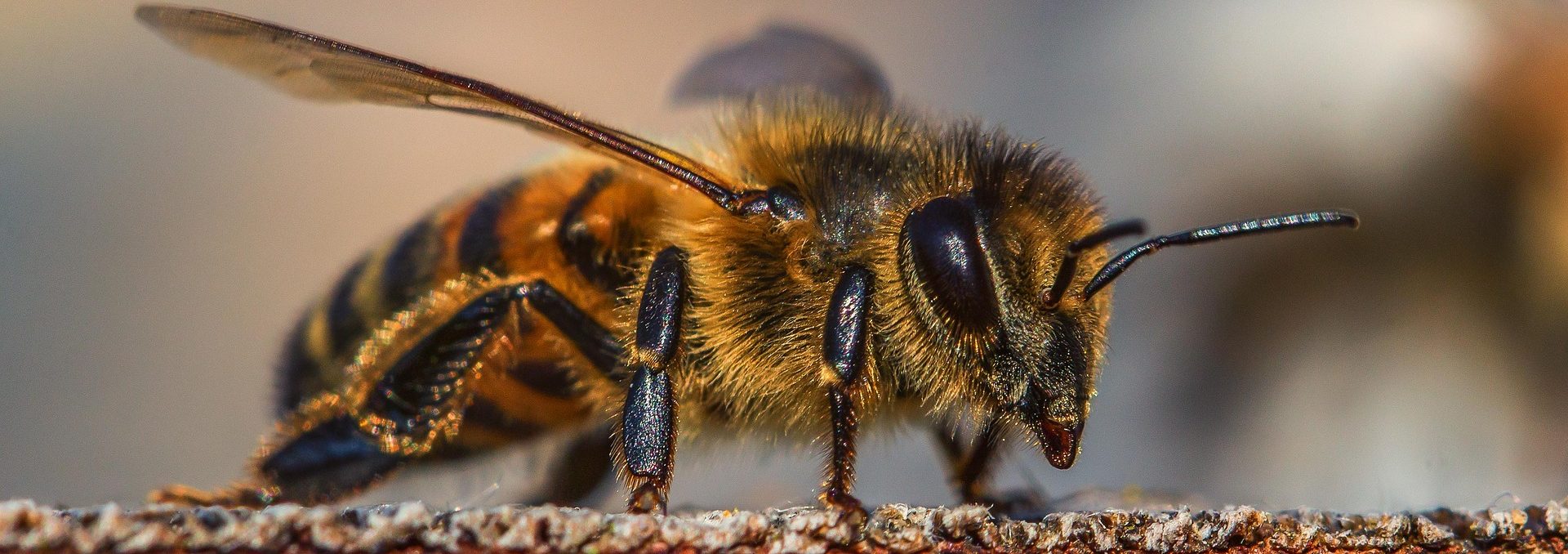 Since European Foul-brood disease was positively identified in Queensland apiaries in 1981 it has become increasingly important for beekeepers, both commercial and hobbyist, to correctly diagnose diseases which affect their bees. Final diagnosis can be carried out at the Biosecurity Sciences Laboratory, Coopers Plains. This is a free service, though fees do apply for diagnosing American foul-brood in honey samples but not in brood samples.
Since European Foul-brood disease was positively identified in Queensland apiaries in 1981 it has become increasingly important for beekeepers, both commercial and hobbyist, to correctly diagnose diseases which affect their bees. Final diagnosis can be carried out at the Biosecurity Sciences Laboratory, Coopers Plains. This is a free service, though fees do apply for diagnosing American foul-brood in honey samples but not in brood samples.
European Foulbrood can be controlled with the antibiotic oxytetracycline hydrochloride, (also called oxytetracycline or oxytet). If measured dosages are fed to bee colonies in the prescribed manner, the drug will prove an invaluable tool in apiary management.
Misuse of antibiotic
If misused, particularly in regard to the treatment of colonies infected with American foulbrood disease, oxytetracycline may prove disastrous. When hives infected with American foulbrood disease are treated with oxytetracycline, all hives in an apiary may become infected. Field diagnosis is much more difficult under such conditions as the symptoms are masked by the antibiotic’s action. For this reason, it is of the utmost importance that beekeepers learn to distinguish between diseases so that each can be treated correctly and as early as possible.
Oxytetracycline is available only on prescription and only for the treatment of European foulbrood disease. Biosecurity Queensland veterinarians issue free prescriptions once European foulbrood has been positively identified. Oxytetracycline is ineffective for the treatment of sacbrood and Kashmir bee virus. Treating these with antibiotics wastes time and money, and is dangerous to the economic well-being of the beekeeper when applied against American foulbrood.
European Foulbrood has a pepper-box appearance. Unsealed brood is affected and sealed brood is affected in advanced cases with sunken, punctured cappings. Brood is a dull white, becoming yellow, brown and almost black. The brood is watery to pasty.
Recently dead larvae rarely rope. Old infections rope to 10 mm, occasionally to 20 mm, before breaking
